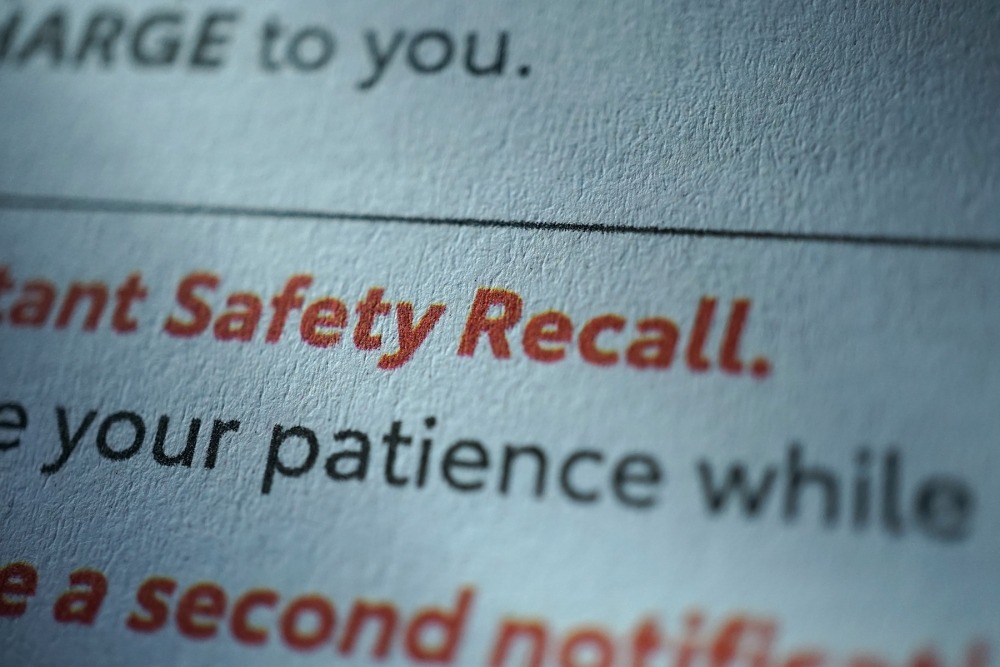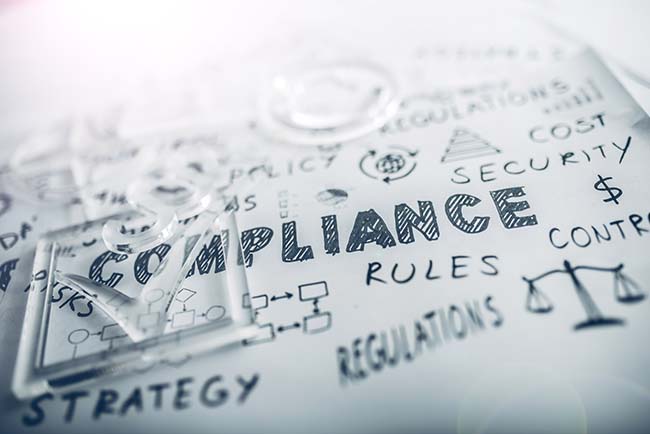
Revisiting the ISO 9001 Software Standard
It's now been over five years since introducing the ISO 9001:2015 standard—what's changed?

It's now been over five years since introducing the ISO 9001:2015 standard—what's changed?

ETQ's Quality Vision 2021 Conference was fully virtual this year with record attendance and a full slate of panels and presentations from ETQ leaders and our customers.

ETQ Innovation Excellence Award Finalists 2021: Reliance Customers Pushing Boundaries in Materials Science, Healthcare and Agriscience

Metal contamination is a major food safety risk. Food safety quality management software can help minimize that risk and mitigate the the financial and brand reputation impact they bring.

ETQ is featured in media articles with our perspective on advanced analytics and machine learning in QMS, as well as the disruptive impact of COVID-19 on quality management and supply chain quality.

If you ask most people where quality management was born, they’ll probably point you to the Toyota Production System, widely considered the foundation of lean manufacturing.

Quality professionals know the value of automation. Minimizing errors that lead to defects, freeing up internal resources and optimizing collaboration can all have a significant impact on your bottom line and brand reputation. These are all key benefits of automated quality management software.

Adapting to COVID-19 means adopting a supply chain flexibility model that only a few companies have achieved thus far. Your QMS will be an integral part of your supply chain flexibility efforts—rapidly onboarding new suppliers, using artificial intelligence (AI) and machine learning (ML) to anticipate material needs and determining your next best actions.

ETQ offers a validation approach and solution options to deliver expedited validation with minimal disruption. Our solution looks at defining the intended use and potential risk in a system, while minimizing the validation effort by using the “least burdensome approach.” ETQ’s validation offerings for life science companies are fully aligned with regulations and industry guidance and offer a comprehensive approach based on guidance like GAMP 5.

The Second Edition of Stericycle’s 2020 Recall Index offers invaluable insight into the ways that companies operate within the regulatory compliance environment. This year, in particular, we’re able to see which industries are most resilient as the global pandemic ravages supply chains and forces facility closures around the world.

With ISO 9001:2015 comes a push for leaders to make quality a top priority for every employee—not just the ones directly involved in quality management. But what does it really mean to make quality an underlying part of all business operations?

Travel is restricted, companies have moved to virtual work wherever possible, and the world is attempting to maintain some normalcy in the face of a global pandemic. While the long-term economic impact on supply chains has yet to be seen, there is still an obligation on the part of companies to attempt to maintain supplier quality activities, especially audits.